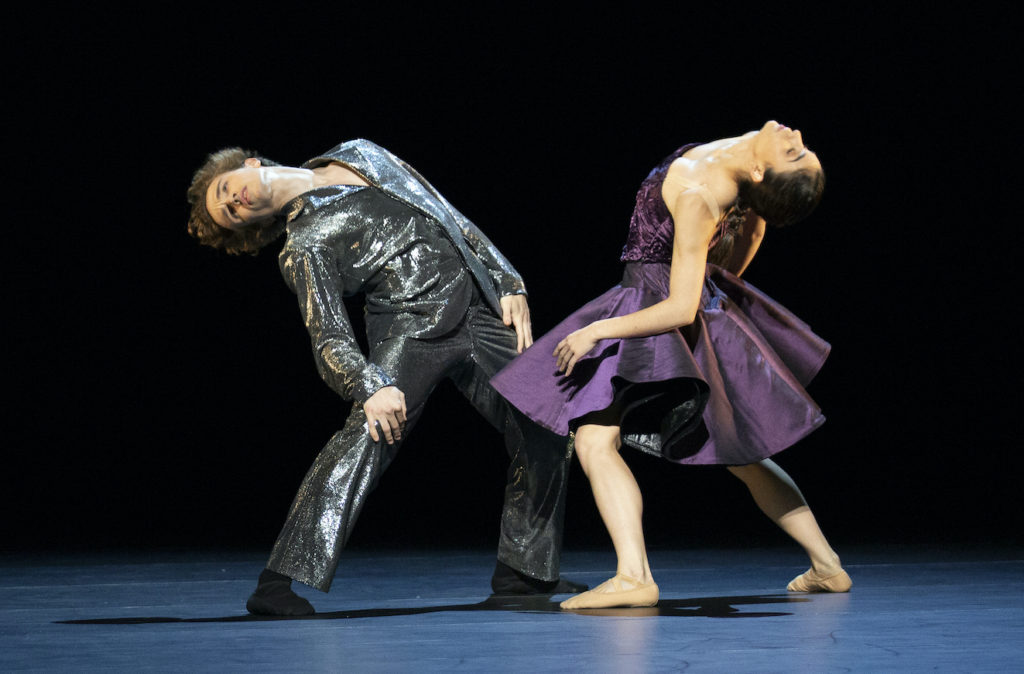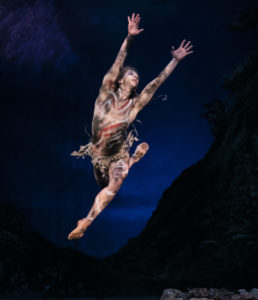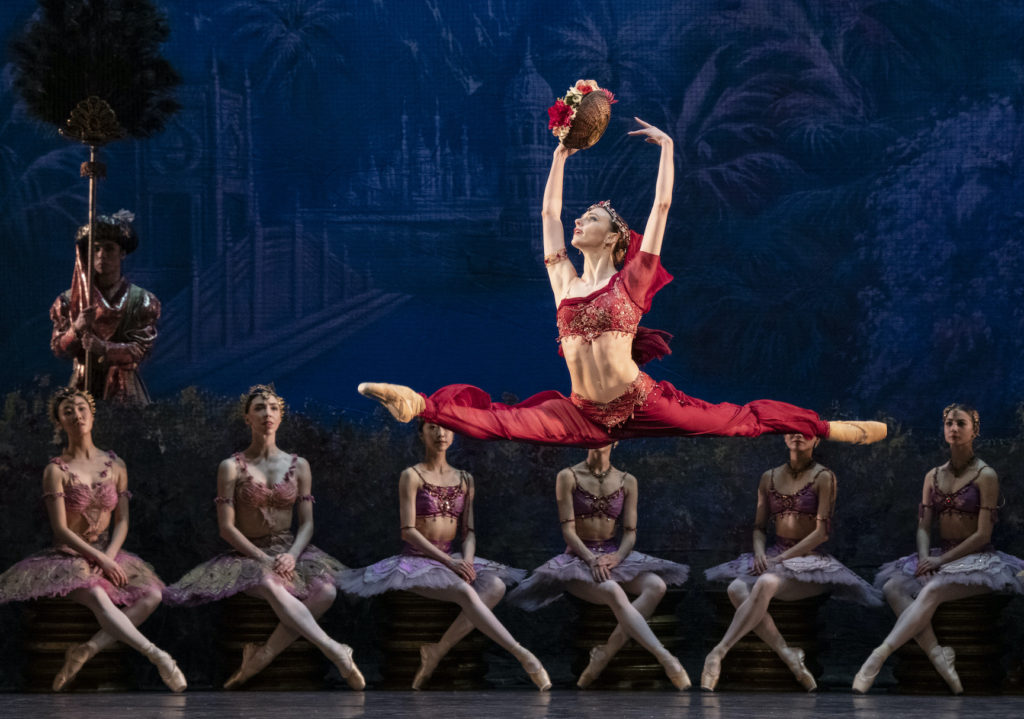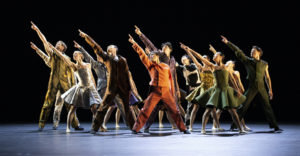Oslo: Beautiful ballet at the Opera House - Vancouver Ballet Society
- Home
- City Reports 2020 - 2023
- Oslo: Beautiful ballet at the Opera House

By Fredrik Rütter
For the first time in about two decades, Mats Ek premiered a work for the Norwegian National Ballet, presented on a double bill at the Oslo Opera House at the beginning of the year. The evening by the iconic Swedish choreographer was one of the highest quality, filled with wonderful dance.
The first ballet bore a simple title, …and Brahms, which says almost everything. It’s one of Ek’s rare non-narrative works: he puts the music first, and lets Brahms’ beautiful, and sole, violin concerto, in D Major, create the drama.

To open, a group of 17 dancers in brightly coloured costumes by Mylla Ek (Mats Ek’s niece) stroll onstage, lay down, and in unison roll quickly backwards. The dancers sit up one after the other and the orchestra starts to play. From that moment on, the bodies keep floating in an endless stream onstage. There are also high jumps at a furious tempo, and high lifts with equal strength between male and female dancers, who all have to cover the same-sized area with their movements. This is partly why it is so demanding to dance Ek’s choreography: he insists that everyone moves deep and big, and then explodes into the air.
It is impressive how Ek manages to pick out the musical surprises, and how he allows himself different quirky details, such as having the dancers walk on their heels. His toolbox is inexhaustible and the diversity of the dancer’s language is captivating. In the second movement, silver strips hanging down from the flies move in the air, as if they’re dancing. It was lovely, as was the warmth of solo violinist Guro Kleven Hagen’s playing, inviting a great round of applause from both the orchestra and the choreographer during final bows.

The title of the second work, 1995’s She was black, originated from the Swedish comedian Beppe Wolger’s old joke: “I dreamed of God last night.” “What did he look like?” “She was black!” Years ago this work was presented by Cullberg Ballet as a surrealist fairy tale. Not so today, when ideas about God are less rigid.
The music, a rich composition by Polish composer Henryk Górecki, is fully appreciated by Ek, whose musicality is exceptional as he shifts, along with the orchestra, between solos, duets, and trios.
She was black is full of whimsical episodes. An older couple dance out their problems around a kitchen table. Athletic young men seem to be duelling in somersaults. Suddenly you realize that a black sack is snaking around on the floor. The sack gets closer to the end of the stage and a black-costumed figure crawls out. When the figure gets up, you see that it is a woman, and while she is dancing at the front of the stage, the curtain slowly falls. What this creature represents is wide open for interpretation.

In March, the Norwegian National Ballet brought back Natalia Makarova’s version of La Bayadère, created for American Ballet Theatre in 1980. Of course, as elsewhere around the world, the discussion of whether this 19th-century work should be presented anymore because of its cultural insensitivity came up in Oslo, too.
La Bayadère, which premiered at the Bolshoi Theatre in St. Petersburg in 1877, was choreographed by the French Marius Petipa, and set to music composed by an Austrian, Ludwig Minkus. Its Oriental setting and story mashes together several Eastern traditions, and today is often criticized for being disrespectful and patronizing.
But Norwegian National Ballet’s artistic director, Ingrid Lorentzen, was very clear when interviewed about her intentions to proceed, believing the ballet should be looked upon as something belonging to our collective cultural theatrical history. Theatre, opera, ballet, design, and literature of the time were all using exotic stories as their backdrop. Also, as a classical ballet company, Norwegian National Ballet has built expertise in a technique developed through many hundreds of years, which is still the basis for its daily training and work, and which La Bayadère showcases so well. Nor should one forget that La Bayadère is a fairytale, and is not trying to portray real life.

Whitney Jensen, as temple dancer Nikiya, rose above any technical challenges. She has a way of dancing which is extremely light and quick, with the ability to show emotions through her dancing. Ricardo Castellanos, as the warrior Solor, has a clean technique, high jumps, and is a formidable spinner, but emotional sharing is not yet his strongest point. That goes also for Lania Akins, as Gamzatti, whose long, clean lines were appreciated, but dramatically she had mostly one expression on her face. There is much more to the role of Gamzatti, a woman who is willing to kill to get what she wants.
The Kingdom of the Shades scene, Solor’s opium-induced vision featuring 28 members of the corps de ballet in white tutus, was alone worth the whole evening. The corps de ballet impressed with perfect lines, perfectly synchronized in the long balances, as if dancing together with one breath. What a shame it would be if La Bayadère, with its beautiful classical dancing, was lost to the past.

